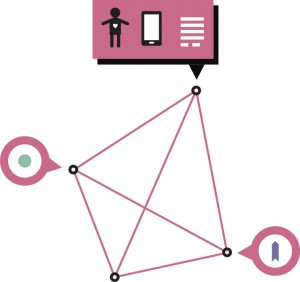Back in December, I responded to an open invitation from John Windhausen, Executive Director of the Schools, Health, & Libraries Broadband (SHLB) Coalition, during the monthly SHLB Coalition member policy call, to take a closer look at how the Federal Communications Commission’s (FCC) Broadband Map represents community anchor institutions (CAIs). I thought this would be a great opportunity to look at how public libraries are represented on the map and to help make sure public libraries, and other anchor institutions, have the opportunity to receive funding through the NTIA’s Broadband and Digital Equity grant programs.
This week, the SHLB Coalition and the American Library Association submitted an ex parte filing with information about our meeting on Monday with FCC staff. Attached to this filing was my report, titled “Missing Pieces: How the FCC’s Broadband Map Misrepresents Public Libraries.” Here is the abstract from the paper:
The Federal Communications Commission (FCC) recently released a “pre-production” draft of their National Broadband Map in an effort to provide more precise details about where internet service does and does not exist in individual locations across the U.S. While much attention has been paid to how the map represents broadband service for individual households, there is much less understanding among the general public with regards to how the map represents individual community anchor institutions, such as public schools, libraries, and hospitals. In an effort to address this gap in public understanding, and to help contribute to improving the FCC’s Broadband Map overall, this paper presents findings from a study of 200 public libraries in 20 states across the U.S. to gain a better understanding of the following: (1) whether public libraries are classified as “broadband serviceable” or not; (2) whether public library buildings are classified as “residential” or not; and (3) the level of service that public library buildings receive in individual locations. The findings from this study raise important questions about whether the FCC’s current process allows for public challenges to correct these mis-classifications. Recommendations are provided at the end of this report to help ensure that the map helps to address the broadband needs of community anchor institutions across the country. Methodology This section describes the overall approach and methods used for the study.
I hope that the ex parte filing and the report itself is helpful to public libraries and those working to ensure that the NTIA’s broadband and digital equity grant programs respond to what is required by law in H.R.3684 – Infrastructure Investment and Jobs Act.


